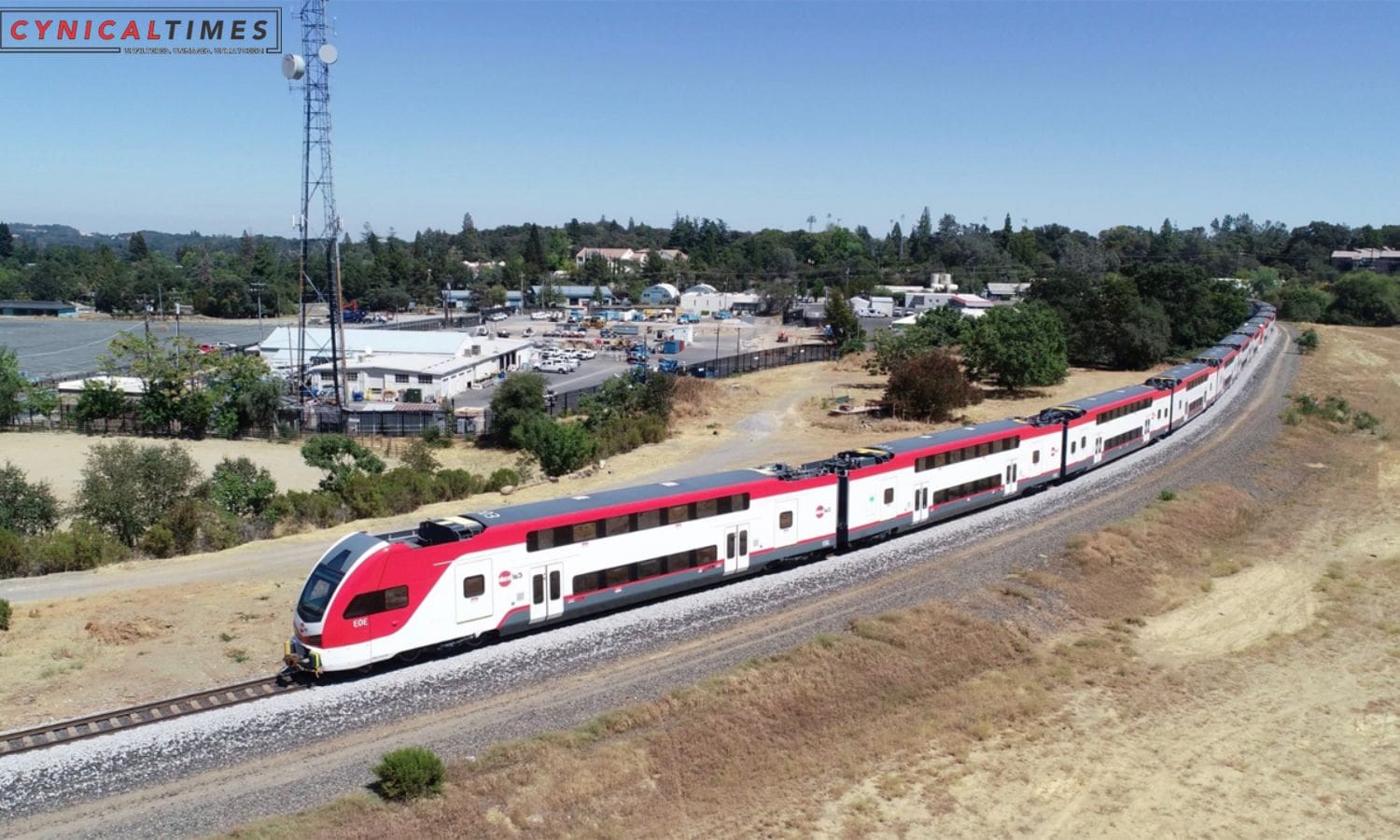Caltrain Electrification Powering Up: Starting next Monday, Caltrain will undergo a temporary service suspension between San Jose Diridon and Tamien stations, marking a crucial phase in the ongoing electrification construction work.
Commencing from November 27 to December 1, the last southbound train 146 will conclude its journey at Diridon instead of extending to Tamien, as communicated by Caltrain. This adjustment will further impact the weekend schedule on December 2 and 3, with modifications to the first northbound train 221 and the last southbound train 284, both starting or ending their routes at Diridon station.
To mitigate the service interruption, Caltrain is introducing a complimentary substitute VTA bus service, offering commuters an alternative mode of transportation during this period.
For detailed information regarding bus schedules and stops throughout this construction phase, travelers can refer to the Caltrain website.
The electrification initiative by Caltrain not only represents a technological leap, introducing features like Wi-Fi and charging outlets to enhance the travel experience for Silicon Valley’s diverse passengers but also signifies a significant environmental stride. The project aims to curtail emissions, enhance air quality, and alleviate traffic congestion, contributing to a more sustainable and eco-friendly transportation system.


Also Read: Rising Homelessness Hits East San Jose Schools: A Growing Crisis
Additionally, the electrification project lays the groundwork for integration with California’s future High-Speed Rail, promoting a comprehensive transit network that accommodates commuters across various demographics. The new trains will boast digital displays and baby-changing stations, appealing to a broad spectrum of passengers.
As part of the service expansion, peak weekday hours will see an increase from 66 to 79 trains per hour, while midday service will rise to 44 trains per hour. Caltrain is also introducing promotional discounts, including reduced parking fees, to encourage ridership and cater to the diverse needs of families and working individuals. This strategic approach aligns with the vision of a more efficient, environmentally conscious, and accessible public transportation system for Silicon Valley residents.
Our Reader’s Queries
How fast will Caltrain go after electrification?
With the implementation of electrified tracks, the maximum speed limit can be increased from the current 79 mph to 110 mph. Additionally, the new electrified trains will have the ability to stop and start at a faster pace compared to the old diesel equipment. This upgrade will significantly improve the overall efficiency and speed of the transportation system.
How fast is the Caltrain electrified?
The electric trains are set to maintain their current speed of 79 mph, but there’s potential for them to go even faster in the future.
What are the benefits of Caltrain electrification?
Caltrain can now enjoy improved train performance and increased flexibility and capacity thanks to the use of electric trains. These trains have the ability to accelerate and decelerate at a much faster rate than their diesel-powered counterparts, resulting in a more efficient and streamlined service. With this upgrade, Caltrain can now offer a more reliable and convenient transportation option to its passengers.
How much did Caltrain electrification cost?
Out of the total cost increase of $333 million, $161 million has been allocated with a funding plan, while $172 million remains unallocated. In December 2021, an additional cost increase of $162 million was announced, bringing the total cost to $2.44 billion.

